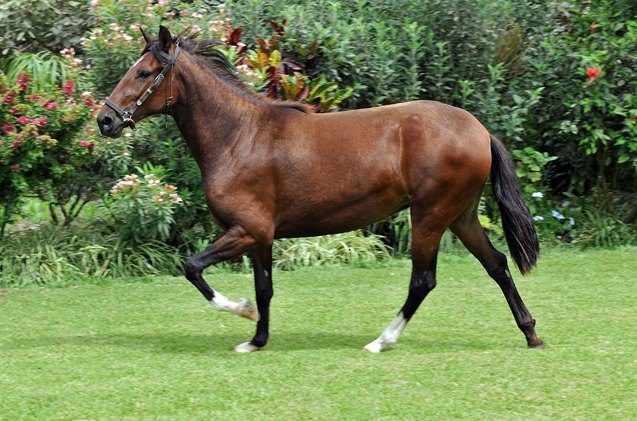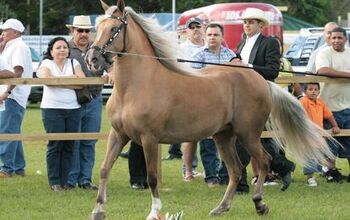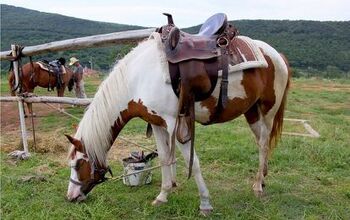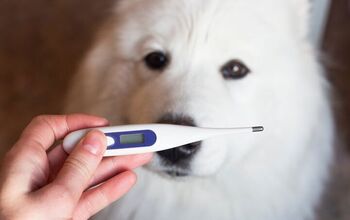Peruvian Paso Horse


About Peruvian Paso Horse
The Palfreys and Barbs that were bred during the Middle Ages in Spain were known as the most beautiful and finest horses on the planet, and they were referred to as Spanish Jennets. When noblemen from Spain settled throughout the Caribbean and South America, many of those horses went with them on the journey. This was the start of the Peruvian Paso Horse breed.
A major export of the horses took place in the 1400s, but a surge in their shipment also took place in the middle of the 1500s. As a result, the Peruvian Paso Horse of today is a descendent of those Spanish Jennets.
Peruvian Paso Horses are willing to please their owners and riders.
When the conquistadors brought Spanish stock horses to South America in the 1500s, the Peruvian Paso Horse was created for the people who needed horses that would be easy to ride for extended periods of time and over long distances, including difficult mountain terrain. Spanish Jennets were recognized for their gaits, so the Peruvian Paso provides a comfortable ride. But other horse breeds, such as the Andalusian and the Barb, helped make the Peruvian Paso a horse with a high level of strength and stamina as well.
Peruvian horse breeders were able to maintain the bloodline of the Peruvian Paso for hundreds of years by selectively breeding the horses for their conformation, temperament, and gait. Only the horses with the best gaits were bred, and there was no need to cross the horses with other breeds.
Once highways and cars came onto the scene, however, the Peruvian Paso horse was used much less to get around in the 1900s, particularly in southern Peru. Also, when the Agrarian Reforms were introduced by the Peruvian government in the 1960s, large Peruvian Paso breeding ranches were shut down and they lost the breeding stock. A lot of the best horses were then shipped to Central America and the United States.
Over the last 30 years, the Peruvian Paso horse has become more common in Peru again. Today, the Peruvian Paso Horse is one of the last breeds that is naturally gaited.
Peruvian Paso Horses are willing to please their owners and riders, and they are known for being responsive, so they make wonderful companions to riders of all experience levels.
These horses are also gentle and friendly, and they are docile, so they will work well with beginner riders, as well as anyone else who is seeking an equine companion who will be easy to work with and provide a comfortable and smooth ride.
Individuals who seek energetic horses with plenty of strength and stamina will also enjoy riding the Peruvian Paso Horse, which is revered for being able to travel over long distances and difficult terrain with ease.
The Peruvian Paso Horse is docile, so it will work well with beginner riders.
The Peruvian Paso Horse has a muscular and well-developed body that gives it a refined and graceful appearance. The back should be short to medium in length, as well as rounded and strong. The loins of this horse should be muscular over the area of the kidneys, and they should be broad. Also, the croup should be wide and long, fairly muscular, nicely rounded, and with a moderate slope. The chest should be muscular and wide, the rib cage should be deep and well sprung, and the flanks should be deep, full, and moderately short.
Also, the Peruvian Paso features a head that is medium in size, with a slightly concave or straight profile. The neck should have a graceful arch and be of medium length. The muzzle should be small, the nostrils should be oblong, and the eyes should be set apart, dark, and expressive. The horse’s jowls are marked moderately, and the ears are of a medium length and feature fine tips that will curve inward slightly. The tail will be set low and will be carried straight and close to the body.
One of the most unique features of the Peruvian Paso, however, is the fact that all of the purebred foals will have the breed’s characteristic smooth gait. There is no special training necessary to get this horse to perform a medium speed four-beat footfall that is smooth and comfortable for the rider.
The Peruvian Paso Horse has a muscular and well-developed body that gives it a refined and graceful appearance.
The Peruvian Paso Horse is a breed that can showcase a variety of beautiful coat colors that include dun, roan, gray, buckskin, bay, palomino, brown, black, and chestnut.
Peruvian Paso Horses will need to be groomed regularly, just like any other equine breed. This will ensure that your horse will always look clean and beautiful.
A simple grooming routine that involves bathing your horse with the appropriate equine shampoo, as well as brushing out debris, dirt, and excess hair from the body, is a good place to start. You can use tools that include a curry comb, a body finishing brush, a mane comb, a tail brush, a shedding blade, and a dandy brush, along with a hoof pick, to keep a Peruvian Paso happy and clean.
Photo credit: carlosphotos/Bigstock; Pixart/Bigstock; traceyge/Bigstock

Lisa Selvaggio is a freelance writer and editor, and our resident cats-pert, with certifications in pet nutrition and pet first aid. She enjoys producing content that helps people understand animals better so they can give their pets a safe and happy home.
More by Lisa Selvaggio

























